
The shaman is the mediator between the two worlds, the spiritual or “other world” and the material or “this world”. He is in charge of promoting the links between the two.
Thus, the shaman goes from one world to the other, transforming himself into a jaguar or into other animals and beings capable of thought.
That gives the shaman a multiple presence and a plurifunctionality tucked inside a body (Wright 2013: 74).
The shaman acts in a network, negotiating with humans, animals, plants, spirits, owners of animals, bodies of water, climatic phenomena, various deities.
Characteristics of shamans
The shaman, and the role he or she plays in a community, is part of an oral tradition developed over centuries by these people, who are the custodians of very special knowledge. All true shamans are alike, despite the existing differences in the languages they speak and the geography where they operate.
June 14, 2020

Indigenous Women of the Amazon Rainforest: An 8 stages life journey
May 10, 2020

11 Amazon River Cities
November 28, 2019
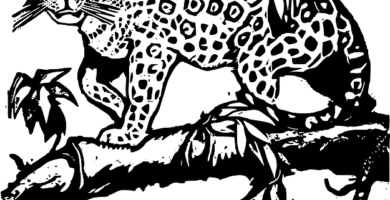
Amazonian Indigenous People Cosmovision – Beliefs, Taboos, Myths and Legends
October 11, 2019
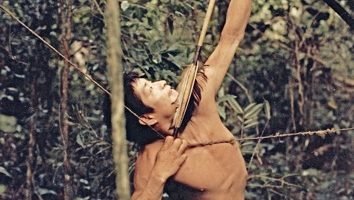
Hunting and Fishing in the Amazon Rainforest
October 5, 2019

All the Indigenous Peoples of the Amazon Rainforest
October 5, 2019
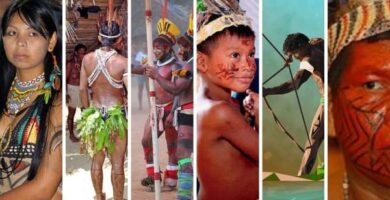
Amazon Rainforest Culture: Peoples, Cosmovision, Languages, Myths, and More
The shaman and the jaguar: two sides of the same coin
The shaman is united with the jaguar by the “humanity” they present (Viveiros de Castro 2013; Mazzoldi 2017; Reichel-Dolmatoff 1975).
In Amazonian thought, shaman-jaguar is a duality that does not dissolve, as happens in Western thought where the wolf is a “beast”, opposed to the human.
In the Amazonian cosmovision, at least for the Yanomami ethnic group in particular, “each being is its image and its ghost” (Kopenawa, Albert 2010).
When one sees the image of a jaguar, for example, what one sees is a human being, the original image.
The jaguar’s ghost, its mask, is the zoomorphic aspect, its way of being other, of living in the other world, where the transforming beings with the capacity to influence the eastern world dwell.

The jaguar has a double existence that unfolds into a ghost (shadow, carcass, body) and an image (spirit, soul, but also “chief” or “owner” of animal species).
In the “other world” the jaguar is a person, and in the “eastern world” it is a carcass, a shadow, with the body of an animal.
Humans who remain in the “eastern world” can only see the jaguar as a shadow, a carcass, with the body of an animal, reduced to its zoomorphic figure.
But shamans and other humans who have access to the “other world” will see the jaguar in its anthropomorphic aspect, as a person, as people, as a human.
Within this perspective, the jaguar talks, lives in a family, dances, sings, cultivates, like any human being.
May 12, 2020

Harpy eagle (Harpia harpyja)
May 8, 2020
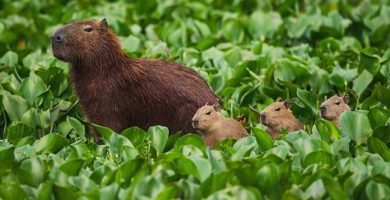
Capybara or chigüiro
April 24, 2020

Crocodile or White Caiman
April 22, 2020

Black Caiman – A rare crocodile species
April 20, 2020

Caimans – Top Three Amazon Rainforest Crocodiles
March 13, 2020
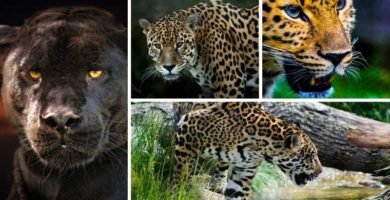
Jaguar (Panthera Onca) the King of the Amazon Rainforest
And in turn, the jaguar, and the other animals, see the humans who remain in the “eastern world” as animals.
And they can only see them as human beings when they access the “other world”. It is the “perspectivism” of Viveiros de Castro (2003), which postulates that all beings, animals and plants, biotic and non-biotic, share, in the “other world”, the faculty of being persons, subject or human soul, differentiating their bodies or natures only in the “this world”.
The jaguar pairs with the shaman, his human colleague.
The jaguar is also a shaman, and even a master of shamans.
Both are actors in the territory, which is, according to Amazonian thought or cosmovision, a “portentously multiple and disseminated entity” (Mazzoldi 2017:45), composed of instances of action, immersed in networks of collaboration or disagreement.
The shamans who die in the “east world”, go to live in the “other world”, which is a more egalitarian world than the other.
Differences between a shaman and a chieftain
The case of the shaman is a good example of the egalitarianism that exists within an Amazonian community.
The shaman becomes a leader of the community, together with the political chief or cacique, mediating in the resolution of conflicts, helping in initiatives in search of social improvements for his community.
However, despite his contributions, the shaman does not accumulate power, goods or influence for personal benefit.

Always, after fulfilling his tenure, he returns to hunt and fish to get food for himself and his family like any other member of his community (Mazzoldi 2017; Winter 2017; Kopenawa, Albert 2010; Ochoa 2003).
Nevertheless, Amazonian egalitarianism does not exclude certain hierarchical manifestations related to age, ancestral knowledge, lineages and gender (Shackt 2013: 95).
In Amazonian societies, the relationship with mystical and mythical processes predominates over personal status, and chieftainship does not consist of exercising unilateral power over others (Goldman 2004: 55).
The Shaman and the master plants
In addition to healing, the shaman plays an important role in the functioning of society as a mediator between human beings and the spiritual sphere, using entheogenic substances such as yagé(ayahuasca) or coca, to access the “other world”.
January 22, 2020

3 scientific studies on ayahuasca
December 14, 2019

Amazonian myths and legends about ayahuasca
November 27, 2019
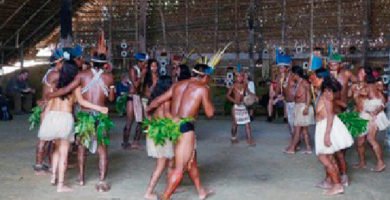
13 Typical dances of the Amazon (videos, music and movements)
November 17, 2019
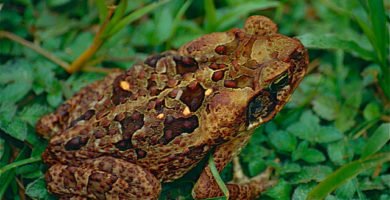
Cane Toad / Giant Toad (Rhinella marina)
November 17, 2019

Kambo (Phyllomedusa bicolor)
November 5, 2019

Ayahuasca – Rites, myths and truths behind Yagé and Chacruna
The shaman visits these “ecosystems”, physically and spiritually, to update his accounting system and monitor the exchanges, taking the appearance, according to the habitat visited, of a jaguar, a caiman, a boa, to negotiate with the “owner of nature” (Reichel-Dussan 1988).
The ritual of ayahuasca ingestion materializes the visual contact with the jungle spirits, especially with the plants, which possess the knowledge and powers of the shaman (Chaumeil 1994: 267-274; Olortegui-Sáenz 2007).
Shamanism pdf / scientific articles / Books / references
- Duchesne-Winter J. (2017). Derrida and Amazonian thought (the beast and the sovereign/the jaguar and the shaman). Cuadernos de Literatura, Vol. XXI (41), January-June, 168-193. Pontificia Universidad Javeriana. Bogota.
- Kopenawa D., Albert B. (2010). La chute du ciel: paroles d’un chaman yanomami. Paris: Plon.
- Ochoa, J. (2003). Myth and shamanism in the Amazon. Spain: Editorial Eunate.
- Reichel-Dolmatoff G. (1997). Cosmology as ecological analysis: a rainforest perspective, 7-20. In: Reichel-Domatoff G. Shamans of the rainforest: essays on the Tukano Indians of the northwestern Amazon . Great Britain: Themis Books.
- Wright R. (2013). Mysteries of the Jaguar Shamans of the Nortwest Amazon. Lincoln-London: University of Nebraska Press.
- Reichel-Dolmatoff G. (1975). The Shaman and the Jaguar. Philadelphia: Temple University Press.
- Viveiros de Castro E. (2003). Shamanism and sacrifice: an Amazonian commentary, 335-347. in: Chaumeil J.P., Pineda-Camacho R., Bouchard J.F. (eds.). Shamanism and sacrifice. Archaeological and enological perspectives on indigenous societies in South America. Bogotá: French Institute of Andean Studies. Viveiros de Castro E. (2013). The look of the Jaguar. Buenos Aires: Tinta Limón.

Dr. Rafael Cartay is a Venezuelan economist, historian, and writer best known for his extensive work in gastronomy, and has received the National Nutrition Award, Gourmand World Cookbook Award, Best Kitchen Dictionary, and The Great Gold Fork. He began his research on the Amazon in 2014 and lived in Iquitos during 2015, where he wrote The Peruvian Amazon Table (2016), the Dictionary of Food and Cuisine of the Amazon Basin (2020), and the online portal delAmazonas.com, of which he is co-founder and main writer. Books by Rafael Cartay can be found on Amazon.com
This post is also available in:
![]() Español (Spanish)
Español (Spanish)
